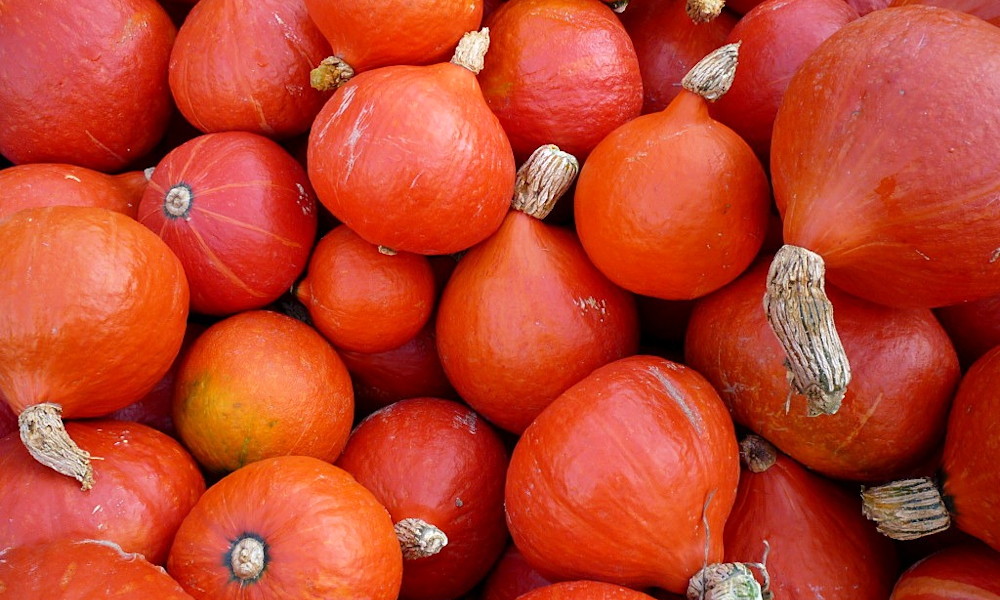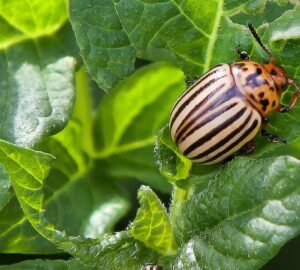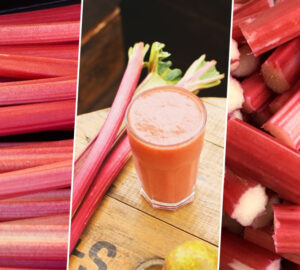Hokkaido pumpkin, with its vibrant orange hue and delectable flavor, is a culinary delight that has captivated food enthusiasts worldwide. This humble vegetable boasts a rich history, remarkable versatility and a unique charm that sets it apart from its pumpkin kin.
Hokkaido pumpkin, a beloved member of the squash family, boasts a rich history and a vibrant culinary presence. This article will delve into its origins, distinctive characteristics, culinary versatility, care as a garden plant and offer a delectable recipe to savor its unique flavors.
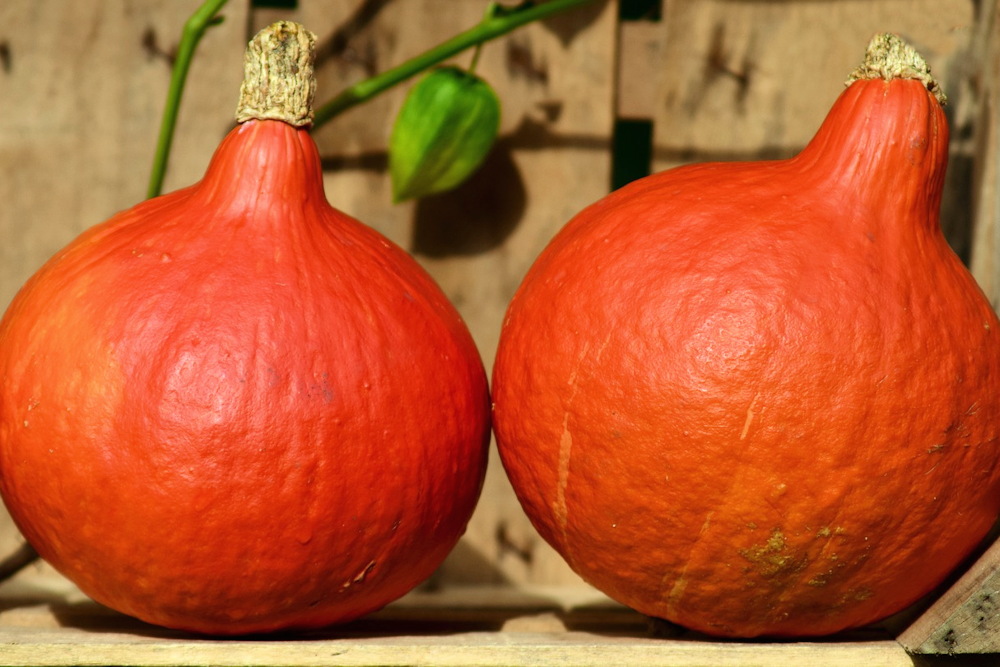
Origin and Common Names: From Japan to the World
Originating in the northernmost island of Japan, Hokkaido, this pumpkin variety is known as “Hokkaido pumpkin” in many parts of the world. In Japan, it goes by the name “Kuri kabocha,” signifying its sweet chestnut-like flavor. Its journey beyond Japanese borders has earned it several monikers, such as “red Kuri squash” in the United States and “onion squash” in the United Kingdom. This pumpkin’s roots trace back centuries, making it a cherished part of Japanese cuisine and culture.
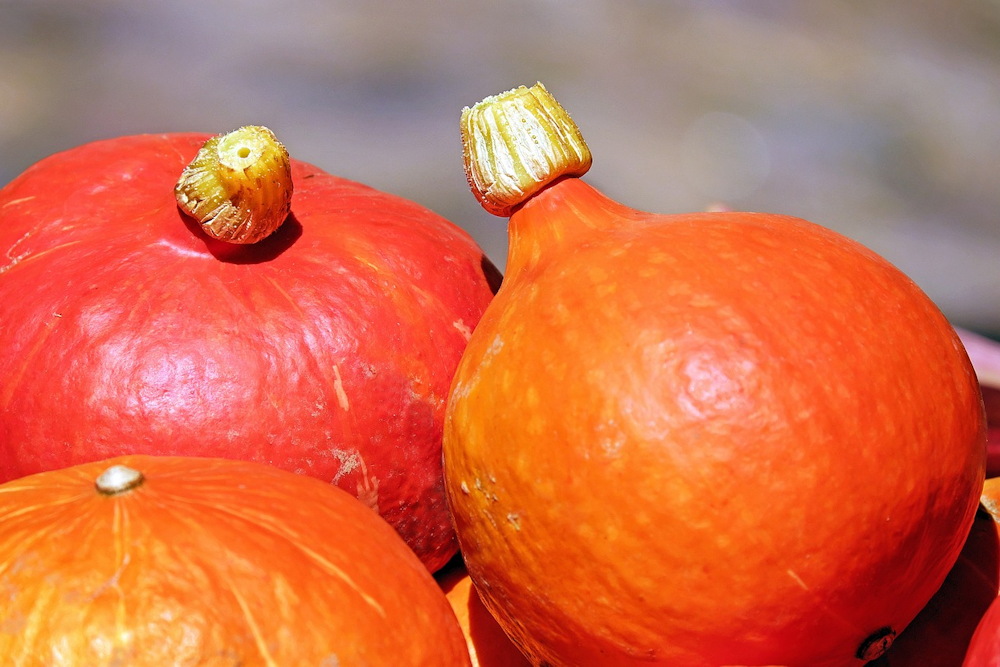
Appearance and Distinguishing Features
Hokkaido pumpkins are renowned for their petite size, typically ranging from 2 to 5 pounds, and their round, squat shape. What truly sets them apart are their edible, tender skin, which distinguishes them from other pumpkins and eliminates the need for laborious peeling. The exterior showcases a striking reddish-orange color, while the flesh inside is a vivid, golden hue. Its sweet, nutty flavor and creamy texture make it a standout in the pumpkin family.
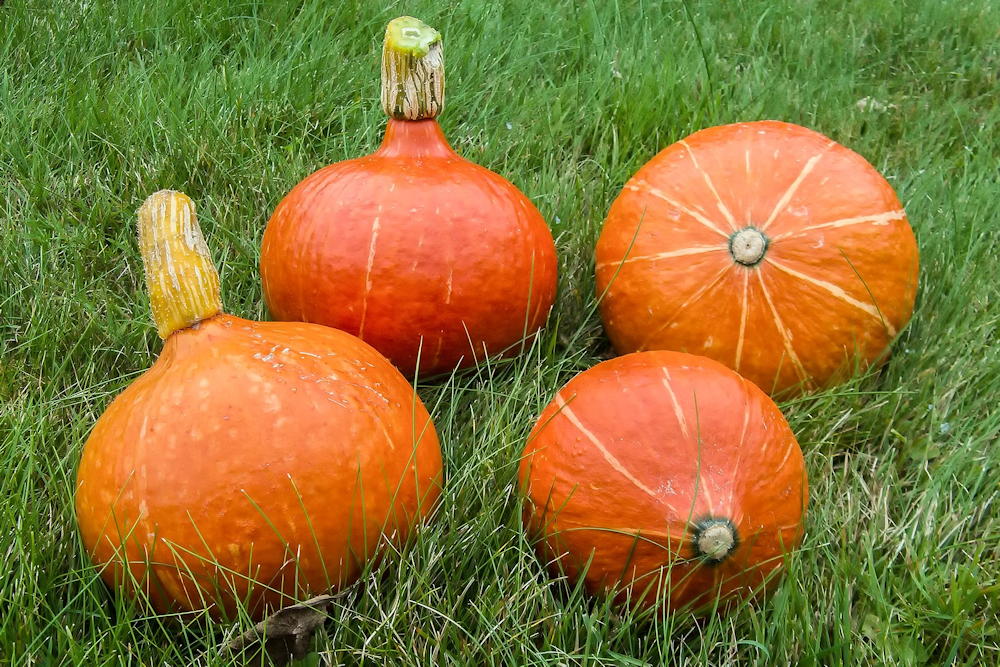
Culinary Versatility and Flavor Profile: A Gourmet’s Delight
Hokkaido pumpkins shine in a multitude of culinary creations. Their naturally sweet and nutty taste lends itself beautifully to soups, purees and roasted dishes. When roasted, the flesh caramelizes, enhancing its richness.
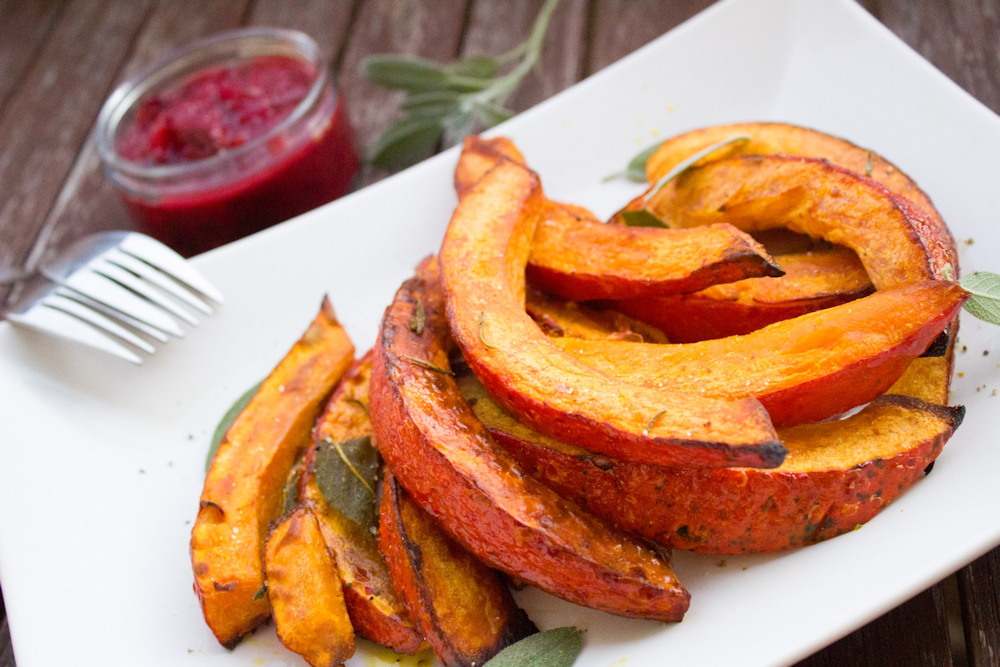
Its flavor profile is a harmonious blend of sweetness and earthiness, making it a delightful addition to desserts, curries and risottos. The pumpkin’s velvety texture transforms into creamy soups and velvety pies, creating a delightful harmony of sweet and savory flavors in each bite.

Caring for Hokkaido Pumpkin in Your Garden
Cultivating Hokkaido pumpkin in your garden is a rewarding endeavor. This hardy plant thrives in well-draining soil with ample sunlight. Regular watering and occasional fertilization are key to a bountiful harvest. To avoid overcrowding, provide ample space for vines to sprawl, and remember to harvest when the skin turns deep orange for the best flavor. With proper care and attention, you can enjoy a bountiful harvest of these vibrant delights in your own backyard.
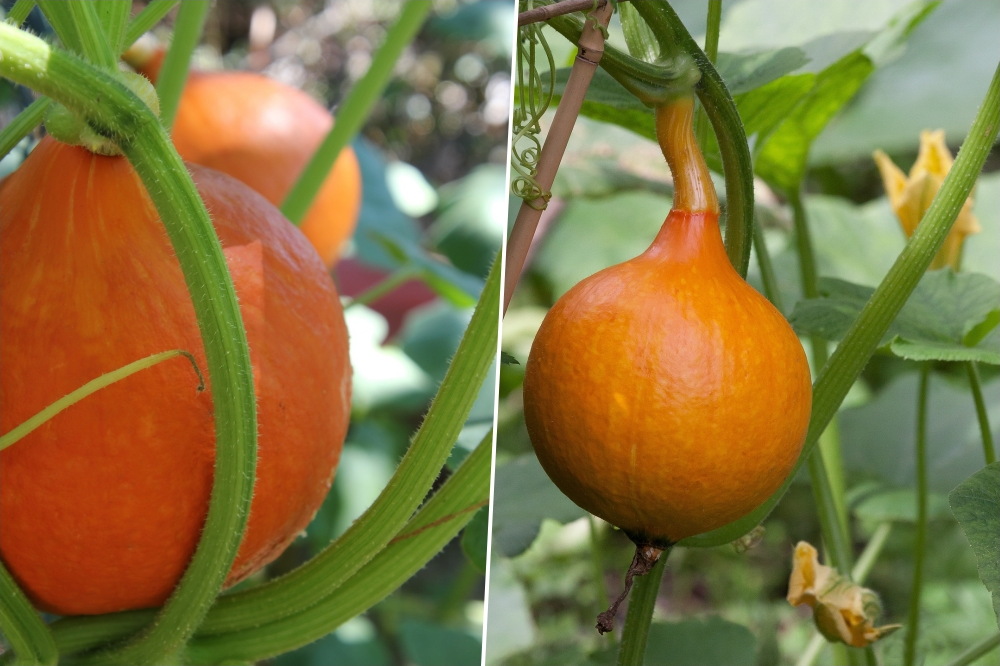
Autumn Comfort in a Bowl: Hokkaido Pumpkin Soup
Ingredients
- 1 Hokkaido pumpkin, peeled, seeded and cubed
- 1 onion, chopped
- 2 cloves garlic, minced
- 4 cups vegetable broth
- 1 cup heavy cream
- 2 tablespoons butter
- Salt and pepper to taste
- Freshly grated nutmeg (optional)
Instructions
- In a large pot, melt the butter over medium heat. Add onions and garlic, sauté until fragrant.
- Add the pumpkin cubes and vegetable broth. Simmer until the pumpkin is tender, about 20-25 minutes.
- Use an immersion blender to puree the soup until smooth.
- Return the soup to the pot, add heavy cream and simmer for an additional 5 minutes.
- Season with salt, pepper and a pinch of freshly grated nutmeg if desired.
- Serve hot, garnished with a dollop of sour cream and a sprinkle of fresh herbs.
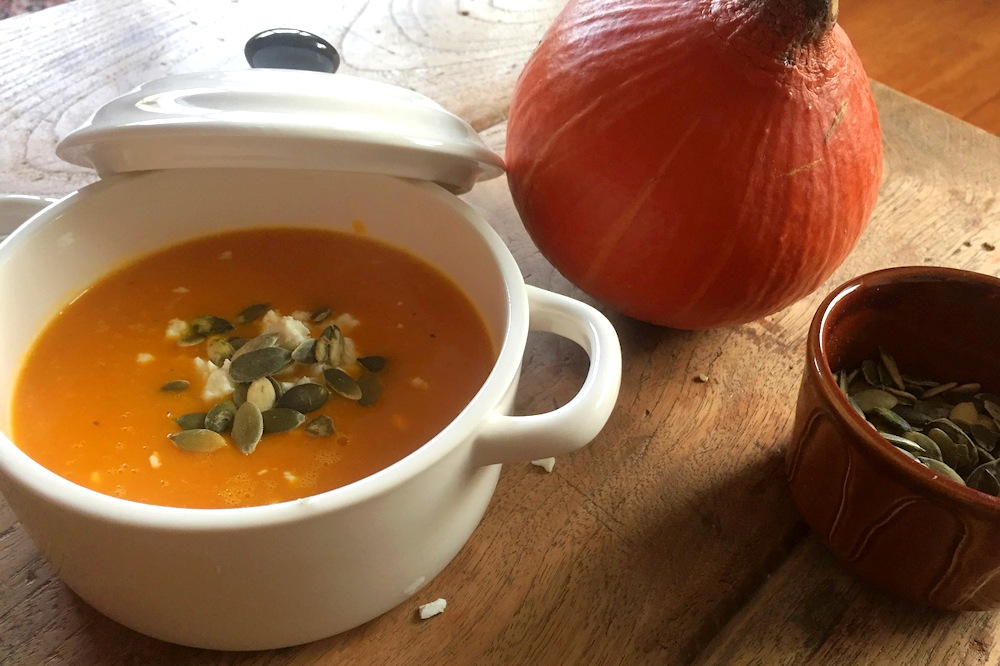
Fascinating Tidbits about Hokkaido Pumpkin: Beyond the Ordinary
- Traditional Japanese Symbolism: In Japan, Hokkaido pumpkin is associated with autumn and is used in festivals and celebrations.
- A Symbol of Good Luck: In Japan, Hokkaido pumpkins are often given as gifts to bring good luck and prosperity to households.
- Nutrient Powerhouse: Hokkaido pumpkin is rich in vitamins A and C, fiber and antioxidants, making it a nutritious addition to your diet.
- Edible Skin: The thin skin of Hokkaido pumpkin is not only edible but also adds a pleasant chewiness to dishes.
- Versatile Seeds: Its seeds are edible, too, and can be roasted for a crunchy, nutritious snack.
- Natural Pest Repellent: The vines of Hokkaido pumpkins are known to deter certain garden pests, providing a natural pest control method.
- Storage Ease: These pumpkins have a long shelf life, making them ideal for winter storage.
- Ornamental Value: Beyond their culinary merits, Hokkaido pumpkins are often used as decorative pieces in autumn displays due to their vibrant color.
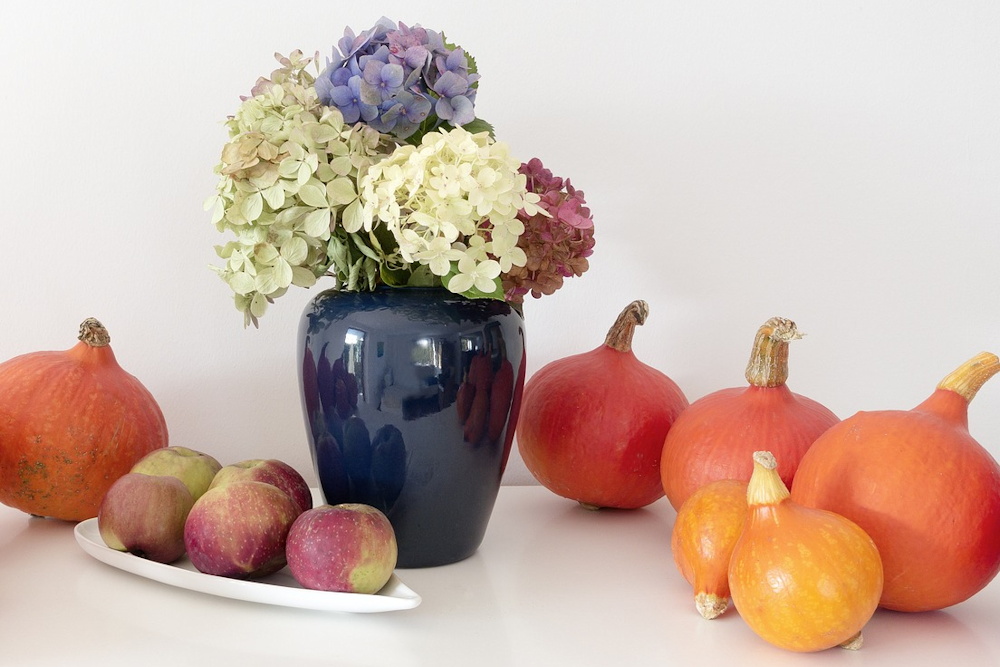
Savoring the Bounty: Celebrating Hokkaido Pumpkin
As you embark on your culinary journey with Hokkaido pumpkin, you’ll discover its unrivaled versatility and delightful flavor. Whether you savor it in a comforting soup or explore its use in various cuisines, this vibrant pumpkin will always bring a touch of Japanese tradition and autumn magic to your table. Embrace the unique qualities of this beloved pumpkin variety and let it infuse warmth and flavor into your kitchen creations.



